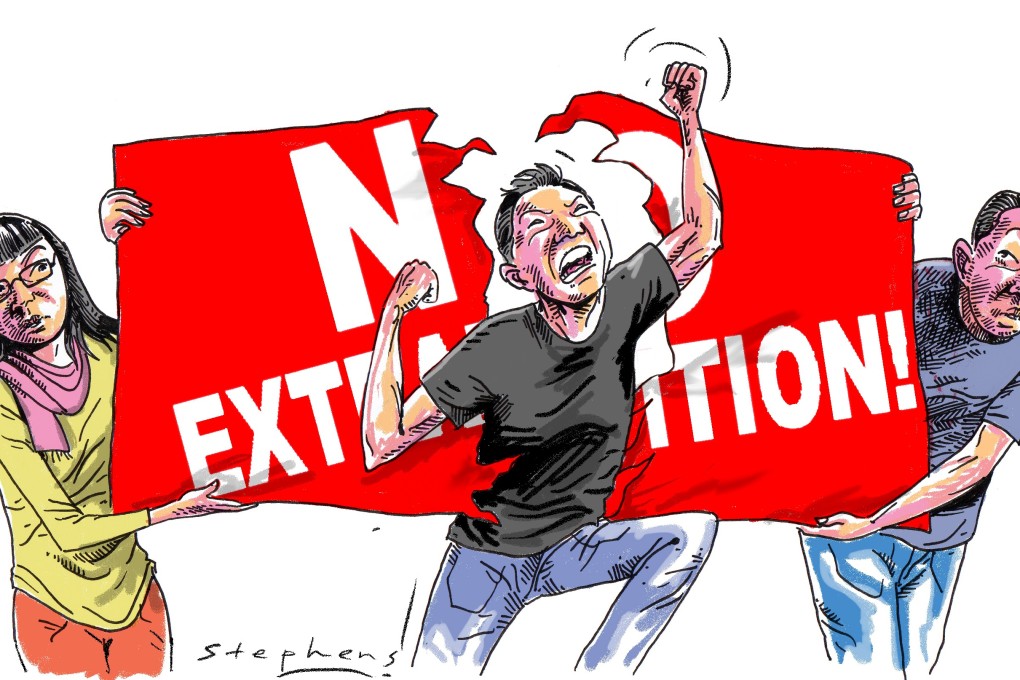Advertisement
Protest is not just about extradition when Hong Kong youth feel they have no future and no voice
- The government may have thought the sentiment behind Occupy was over and done with, but research shows that the feelings of alienation and dissatisfaction never left Hong Kong youth
Reading Time:3 minutes
Why you can trust SCMP

As Hong Kong reels from multiple protests over the extradition bill and as politicians seek to save face over an ill-considered legislative agenda, how do ordinary citizens understand the events of the past weeks? One thing is clear: protest, a well-known tool in Hong Kong’s civic culture, has two faces.
One is the peaceful protest, involving millions of people on successive weekends moving en masse from Victoria Park to the government offices in Tamar. They sang, they shouted, and they were angry – but they were peaceful.
The other is the violent protests that erupted after the first round of peaceful protests, and then again on the Wednesday afternoon even after the proposed second reading of the bill had been postponed. Some may dispute the term “violence” to describe these protests, preferring instead to label police action as violent.
Advertisement
Yet, video footage that found its way to international news organisations came to characterise what happened that Wednesday afternoon and into the evening. What do these different approaches to civic action and civic engagement mean?
The “peaceful millions” have to be seen as an expression of community concern about the proposed legislation – even after its suspension by the government. It was not explained well by government officials and alternative narratives easily won the attention of local and international media.
Advertisement
No amount of explanation from the government, no suspension of the bill and no late public apology from the chief executive could counter the story that the legislation is really about providing a process for sending Hong Kong dissidents to the mainland. The first “peaceful million” protest brought no results; but the second underscored community anger and at least led to a public apology, albeit issued in a press release, followed by a “most sincere” apology on Tuesday.
Advertisement
Select Voice
Choose your listening speed
Get through articles 2x faster
1.25x
250 WPM
Slow
Average
Fast
1.25x
